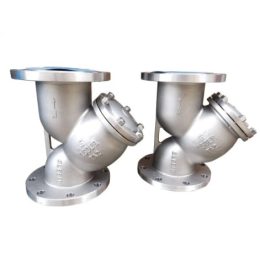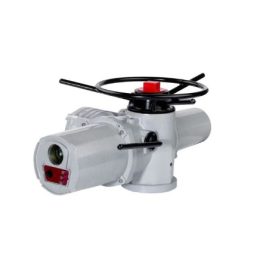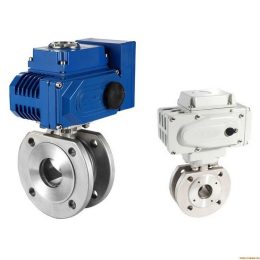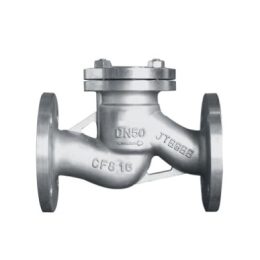“Understanding the Benefits of Trunnion Ball Valves for Efficient Fluid Regulation”
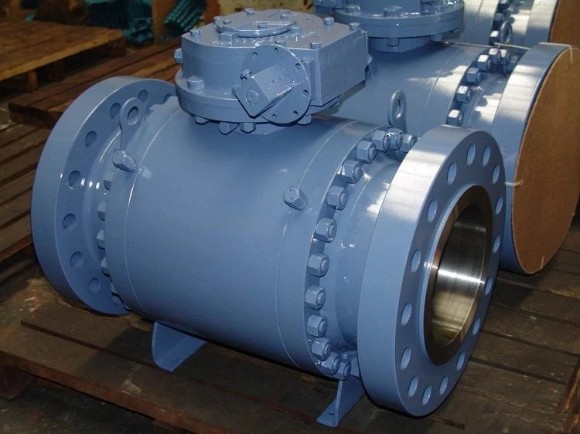
Understanding the Trunnion Ball Valve
A ball valve is a type of valve that uses a ball-shaped disk to regulate the flow of fluid through it. A trunnion ball valve is a variation of the standard ball valve. It features a ball that is attached to a trunnion body with two shafts. The shafts keep the ball fixed in place, which allows the valve to stop or let the flow pass while still enabling the stream to move.
The Advantages of a Trunnion Ball Valve
One significant advantage of a trunnion ball valve is that it can open or close under full differential pressure. However, it’s essential to design the piping system appropriately to handle the rapid increase in pressure as well as the resulting forces. When opening at low pressure, using the correct sized valve to handle the high differential is crucial.
Another advantage of a trunnion ball valve is that it’s relatively easy to assemble, and its internal parts are easily removable. Unlike other types of valves, it doesn’t have to be removed from a pipeline. The removable bonnet cover provides easy access to its internal parts, making maintenance and repairs more manageable.
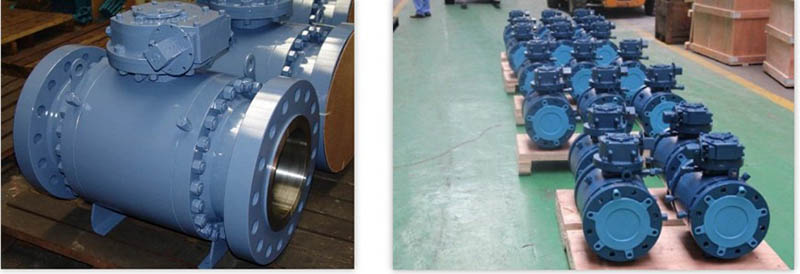
Working Principle of a Trunnion Ball Valve
The working principle of a trunnion ball valve is relatively simple. When pressure is applied to the pipeline, the valve can close and open in two ways. The bleed function, a valve feature that allows venting between the two sealing surfaces, is included with some types of trunnion valves.
During the opening and closing process, the ball in a trunnion ball valve will be connected to the stem and a small spring. This spring-loaded seat keeps the ball in place as the actuator turns on. The trunnion-mounted ball acts as support for the ball, which enables it to operate at higher pressures and temperatures. The valve also features a movable seat, which functions as a relief valve when pressure exceeds the spring force. Additionally, it has a self-cleaning mechanism, making it ideal for on-off valves for fibers, small solid particles, and viscous fluids.
Materials Used in a Trunnion Ball Valve
Trunnion ball valves can be made of either metal or plastic materials. Thermoplastic material, such as PTFE, is great for chemical compatibility and provides a tight seal. However, the downside to a soft seat is that it may fail due to abrasive or dirty liquids. Metal seated valves are also an excellent option if you want high temperature and high corrosion resistance. Soft seats offer smoother control.
Conclusion
Trunnion ball valves are used in many industrial applications, and they’re commonly found in ball valves. Understanding how a trunnion ball valve works is essential if you’re working in an industry that uses this type of valve. With this guide, you now have a complete understanding of the trunnion ball valve, its advantages, and its working principle.
